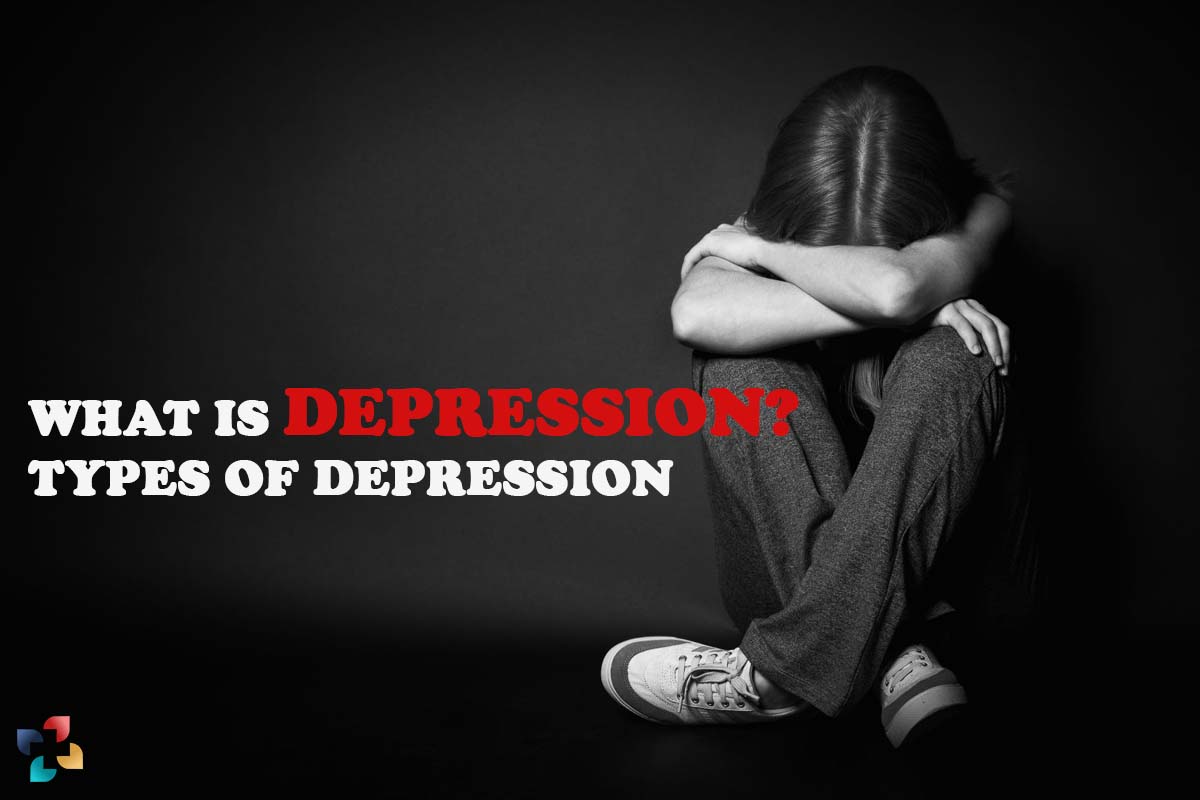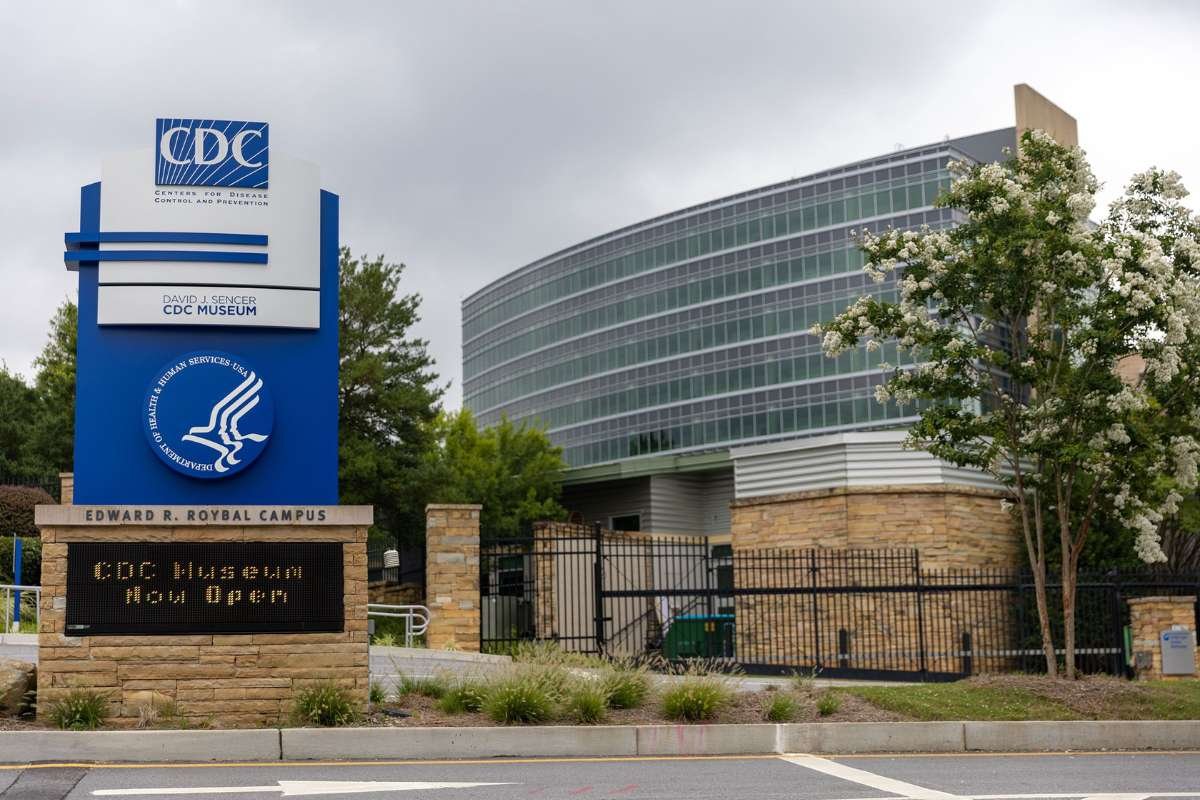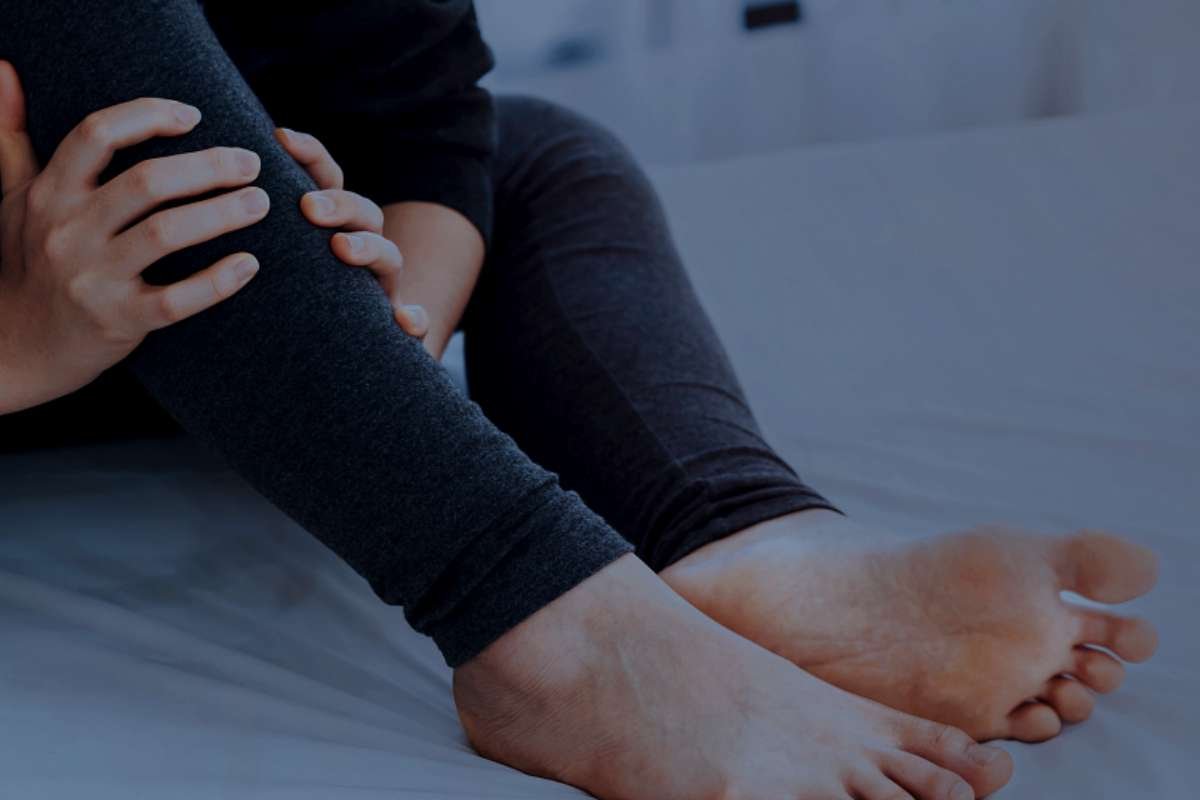There is no one depression symptom. Extremes in severity and duration are possible. A person’s depression symptoms may become more noticeable during times when life experiences significant changes, such as the beginning of a new season or the arrival of a new baby.
Healthcare practitioners may better assist their patients by determining the best course of therapy after learning the specific types of depression being experienced. Knowing more about the particular condition will help those who have been diagnosed with depression.
Sarah Noble, DO, a psychiatrist at the Einstein Healthcare Network in Philadelphia, observed, “Folks feel soothed in understanding what’s going on for them.” “At least now they know why they’re feeling the way they do.”
Here are the 11 Most Useful Types of Depression;
1. Major Depressive Disorder
According to the National Institute of Mental Health, nearly 21 million American people suffered at least one severe depressive episode in 2020 (NIHM). In order to be diagnosed with major depressive disorder, a person must exhibit at least five symptoms for at least two weeks. These guidelines are from the American Psychiatric Association.
A few examples of such signs are types of depression;
- Negative emotions such as despair, apathy, worthlessness, hopelessness, and remorse
- Decreased vigor, hunger, or enthusiasm for previously enjoyed activities
- Modifications to Nighttime Routine
- Depression and suicidal ideation
2. Premenstrual Dysphoric Disorder
According to a 2016 study by American Family Physician, premenstrual dysphoric disorder (PMDD) affects up to 16 percent of women of reproductive age. In the week leading up to menstruation, this severe type of depression of PMS may cause intense feelings of despair, sorrow, worry, or irritation.
Dorothy Sit, MD, assistant professor of psychiatry and behavioral sciences at Northwestern University’s Feinberg School of Medicine in Chicago, stated, “It may be exceedingly unpleasant, debilitating, and interfere with a woman’s day-to-day existence.”
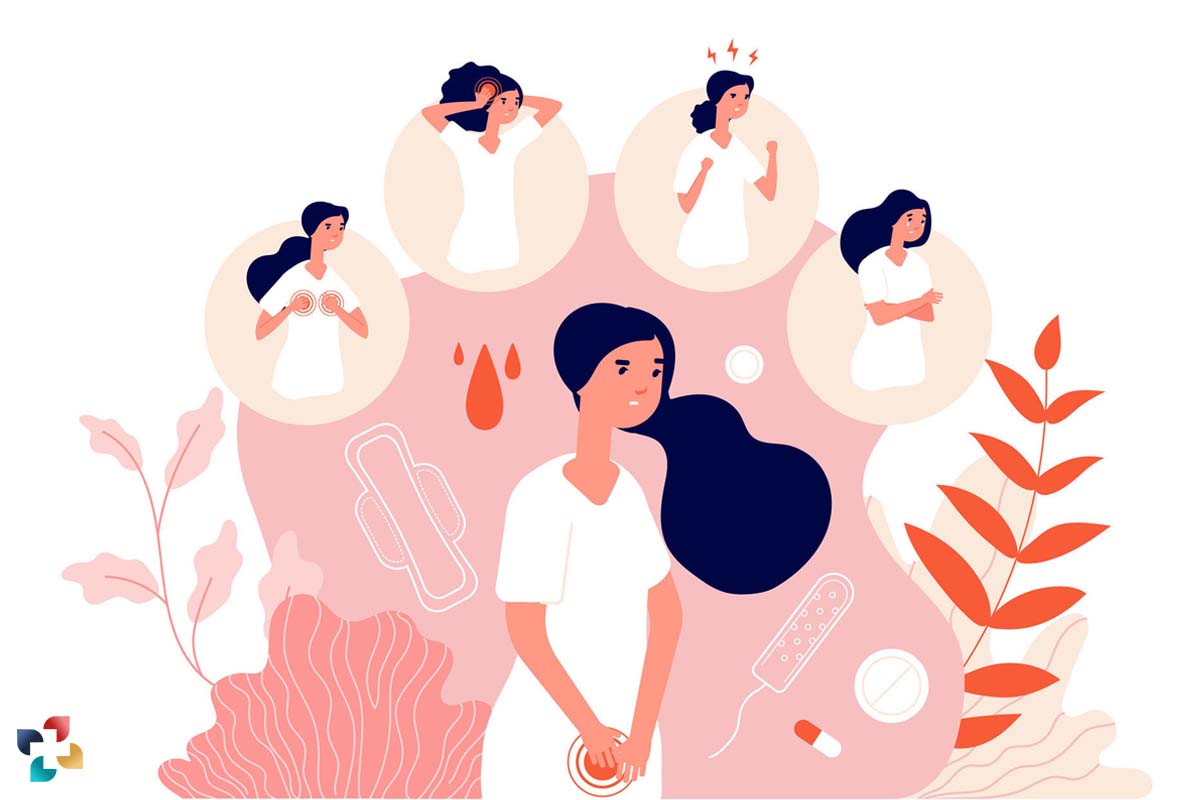
Researchers believe these individuals have an aberrant response to monthly hormone fluctuations. Dr. Sit recommends that patients take antidepressants, especially selective serotonin reuptake inhibitors (SSRIs), beginning two weeks before their period and continuing for the duration of the month. The use of several forms of contraception and painkillers may also alleviate discomfort.
3. Treatment-Resistant Depression
Major depressive illness is characterized by persistent depressed symptoms despite therapy. “Perhaps hereditary, perhaps environmental,” Dr. Noble speculated. It’s simply that their sadness is so persistent.
A January 2020 study published in Neuropsychiatric Disease and Treatment suggests that two failed pharmacotherapy attempts are required for a diagnosis of treatment-resistant types of depression. It means that the patients have tried two different drugs for their problems, but neither one has helped.
A comprehensive evaluation is the first step in aiding those who are experiencing treatment-resistant depression by ensuring an accurate diagnosis and ruling out alternative mental and physical reasons for their symptoms. All patients are given advice on how much medication they should take and for how long.
If a patient’s condition does not improve after taking a prescribed dose of a medication, doctors may try a new medication or a different pharmacological class. Patients may do better on a combination treatment plan that includes a second antidepressant from a different class and maybe even another medication, such as an antipsychotic.
4. Persistent Depressive Disorder
According to MedlinePlus, those with persistent depressive disorder (PDD), formerly known as dysthymia, have “a low, gloomy, or sad mood on most days” and at least two additional symptoms of types of depression for two years or more.
A diagnosis of PDD may be made if irritability or sadness lasts for a year or longer in a kid or adolescent. In general, it’s a mild kind of depression,” Dr. Noble said. “The severity may vary.
- Depression symptoms
- Mental Health
5. Depression Due to Bipolar Disorder
The hallmarks of depressive episodes in bipolar illness include extreme fluctuations in mood and energy, from extreme euphoria to extreme despondency. An individual must have had at least one manic episode before being diagnosed with this kind of depression (a period of time with energetic behavior)

Young adults are a frequent age for the onset of bipolar disorder. Mood stabilizers, antipsychotic medications, and psychotherapy are all effective ways to cope with bipolar illness, which tends to deteriorate without treatment. Antidepressants are effective in treating types of depression, as stated by the National Institute of Mental Health.
6. Disruptive Mood Dysregulation Disorder
Children with disruptive mood dysregulation disorder (DMDD), types of depression, may exhibit symptoms such as outbursts of anger and hysteria. Problems forming and maintaining relationships at home, school, and in the community are other signs.
There is no one depression symptom. Extremes in severity and duration are possible. A person’s depression symptoms may become more noticeable during times when life experiences significant changes, such as the beginning of a new season or the arrival of a new baby.
Healthcare practitioners may better assist their patients by determining the best course of therapy after learning the specific form of depression being experienced. Knowing more about the particular condition will help those who have been diagnosed with depression.
Sarah Noble, DO, a psychiatrist at the Einstein Healthcare Network in Philadelphia, observed, “Folks feel soothed in understanding what’s going on for them.” “At least now they know why they’re feeling the way they do.” You may learn more about the many types of depression by reading the following.
7. Subsyndromal Depression
Depression without meeting the criteria for a major depressive disorder diagnosis is called “subsyndromal.” According to the Diagnostic and Statistical Manual of Mental Disorders, Fifth Edition, Text Revision, individuals may suffer from “another defined depressive illness” (DSM-5-TR). Possible reasons include fewer than five symptoms or a shorter duration of depression than the required two weeks.
8. Psychotic Depression
Loss of contact with reality (psychosis) is followed by severe types of depression in those with psychotic depression. Psychosis often manifests itself with hallucinations (the perception of external stimuli that are not really there) and delusions (false beliefs about one’s environment). Psychotic depression is also recognized as a subtype of MDD.
Two years into therapy, one of Dr. Noble’s patients admitted that she had spent an entire year during which she refused to eat anything her father prepared because she was certain he was poisoning her. The lady was otherwise rational; she was only suffering from untreated psychotic depression. Mental health professionals often combine antidepressants with antipsychotics when treating patients with psychotic depression. Unfortunately, these therapies do not work for everyone.
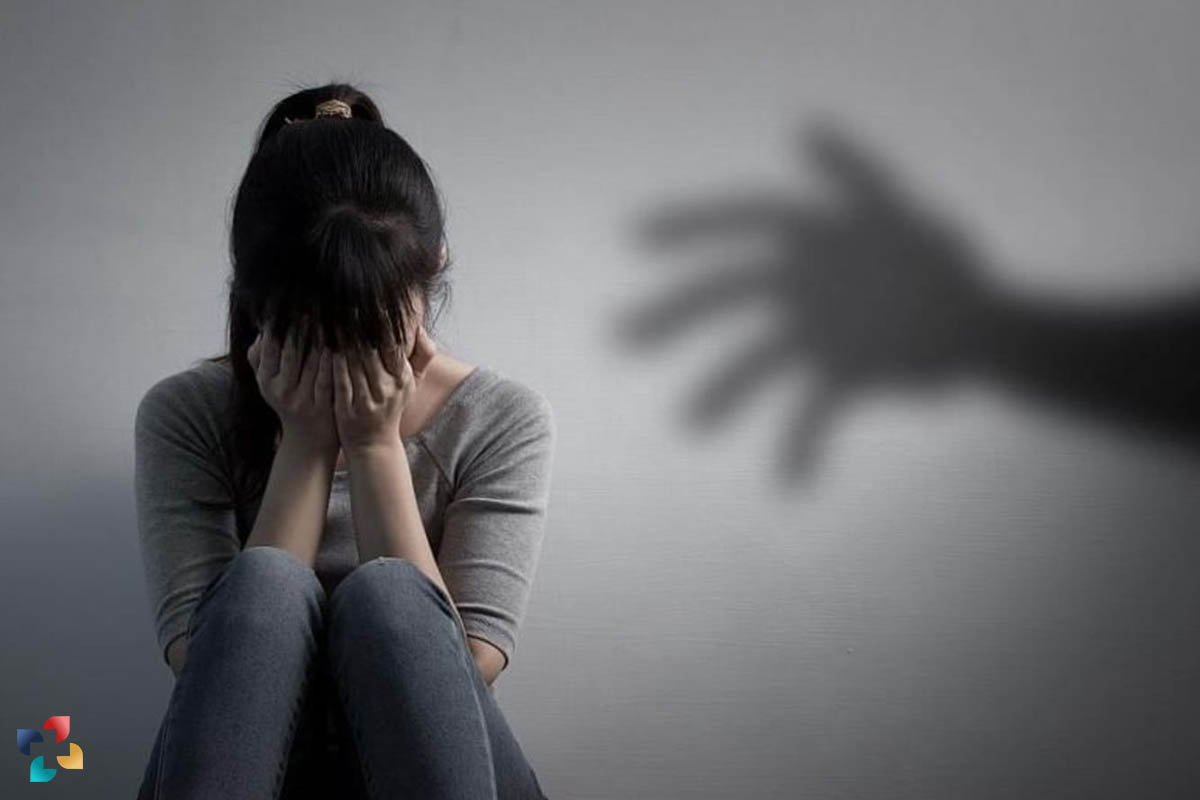
According to the National Alliance on Mental Illness, electrotherapy, a therapy in which tiny currents of electricity are sent to the brain while a person is under anesthesia, is also being studied as a means of treating psychotic depression (NAMI). A paper published in Psychotherapy and Psychosomatics in November 2020 reported that electroconvulsive treatment (ECT) was at least somewhat successful (though more effective in non-community settings).
9. Postpartum (or Perinatal) Depression
Postpartum depression (PPD), commonly known as the “baby blues,” is a kind of melancholy that may occur after the delivery of a baby despite the overwhelming pleasure that comes with having a child. This is according to the Office on Women’s Health (OWH). Those empty, emotionless sensations are normal in the first few days after giving birth, but the OWH says they may develop postpartum depression if they persist for more than two weeks.
Further, PPD is rather prevalent. One in nine women, according to the OWH, will suffer from PPD. Hormonal changes, exhaustion, and other variables may all play a role in the onset of postpartum depression among new mothers.

A new mother’s mood may dip at any point in the first year after giving birth, but it’s most common in the first few months. Types of depression occur when negative emotions, such as sorrow, worry, and fatigue, become too powerful to bear and start interfering with everyday living. At their worst, these emotions may lead to suicidal ideation and other distressing manifestations. In this case, the OWH says the condition is postpartum psychosis.
PPD is treated with antidepressants, talk therapy, or both, in contrast to the “baby blues,” which are mild, short-lived, and relatively frequent, generating anxiety and depression symptoms in the early aftermath of a baby’s birth. One highly regarded online counseling alternative for supporting new moms through tough times and offering treatment choices is BetterHelp.
10. Seasonal Affective Disorder
Seasonal types of depression, commonly known as seasonal affective disorder (SAD), often occur in the late autumn or early winter, but may also occur in the summer. Those who suffer from seasonal affective disorder can experience a drop in energy levels in addition to a shift in mood. They may overindulge in food, sleep too much, have a need for carbohydrates, gain weight, or withdraw from others.
According to the National Institute of Mental Health, those who are more likely to suffer from SAD include women, younger adults, and those who reside in latitudes with fewer daylight hours. There may be a genetic component to SAD. Even if you don’t suffer from seasonal affective disorder (SAD), the transition to Daylight Savings Time might make your symptoms worse.
In order to diagnose SAD, one must have seasonal symptoms for at least two years. While the root reason is unknown, studies have linked low serotonin levels to depression. According to the National Institute of Mental Health, an oversupply of the sleep hormone melatonin and a deficiency of vitamin D may both have a role. Light therapy, in addition to medicine, is used to treat seasonal affective disorder.
11. Depression Due to an Illness
In types of depression having a major chronic illness such as heart disease, cancer, MS, or HIV/AIDS is depressing in and of itself. According to the findings of research published in BMC Psychiatry in September 2021, people with a history of chronic illness are at increased risk for developing depressive symptoms.

The inflammatory response to disease may also contribute to the development of types of depression. Dr. Noble stated that inflammation leads the immune system to generate chemicals that may penetrate the blood-brain barrier and induce changes in the brain that can either initiate or exacerbate depression. Dr. Noble suggested that antidepressants might increase their lifespan and quality of life and that therapy could benefit many patients in managing their mental and physical health conditions.
Bottom Line
Depression has become part of the usual conversation these days. People vaguely use this term although they aren’t completely aware of it. We hope our blog helped you to educate and avoid confusion regarding depression and Types of Depression.

